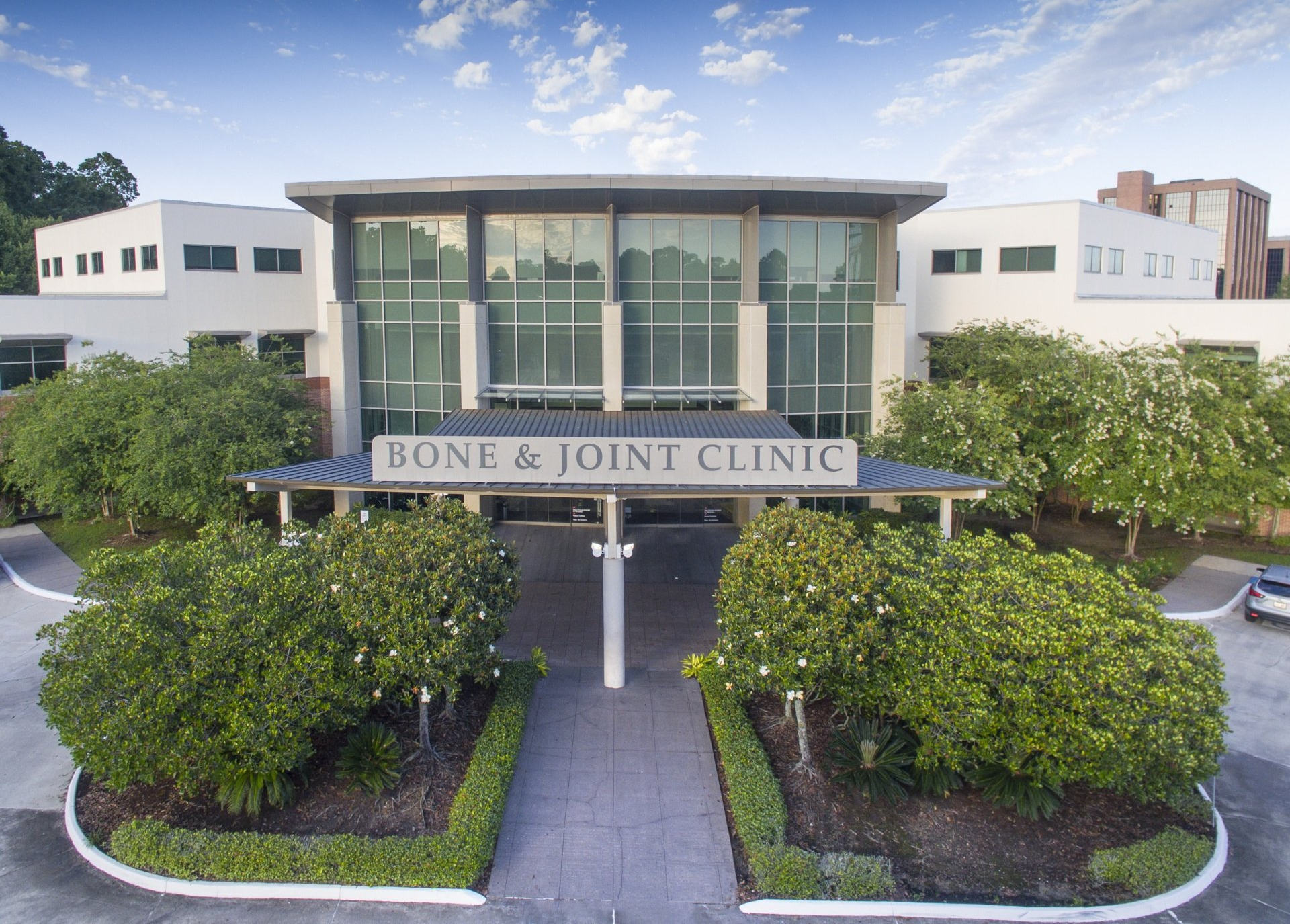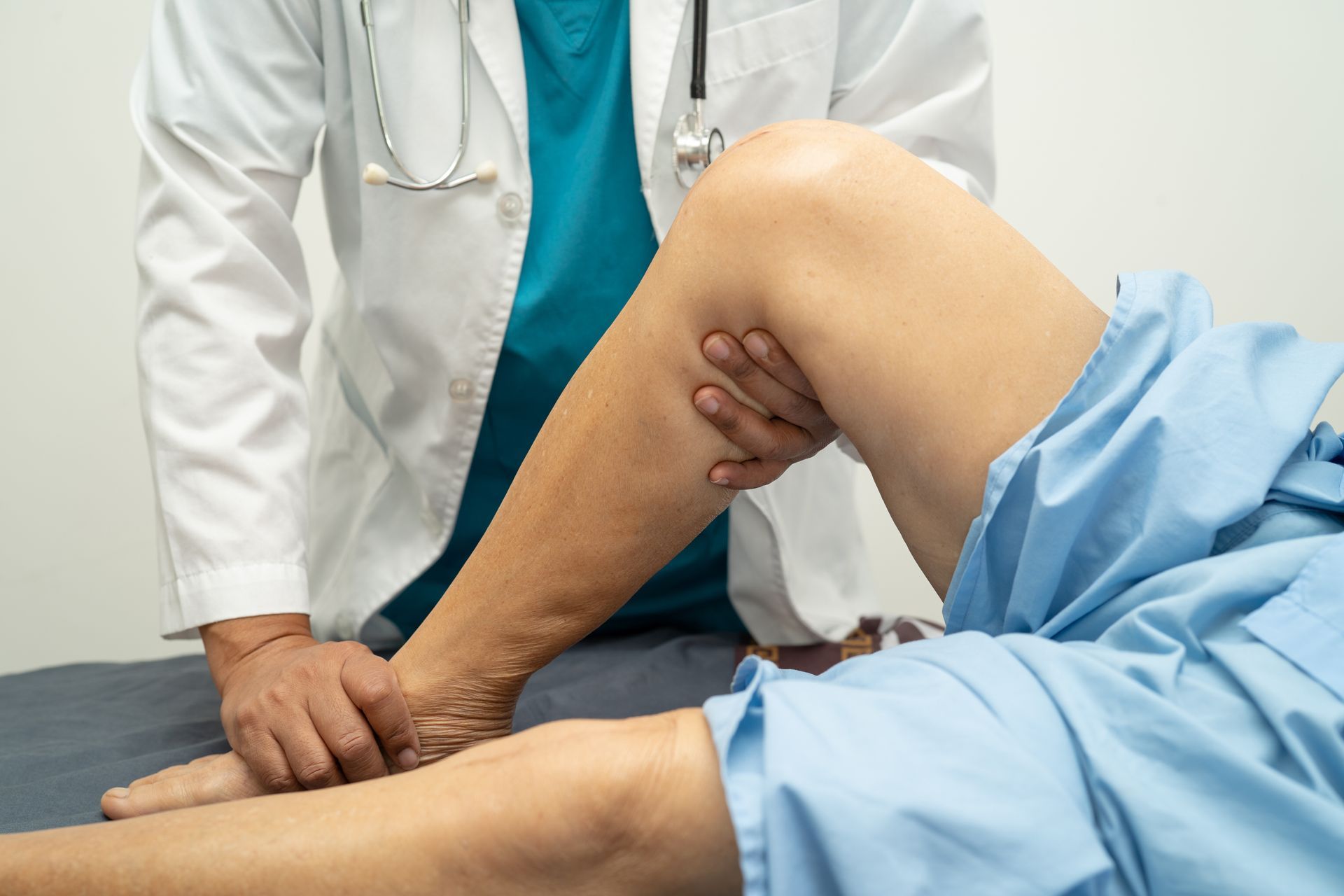One of the most important ligaments in the knee joint is the anterior cruciate ligament (ACL). The ACL, which is often overlooked in favor of its larger counterpart, the medial collateral ligament (MCL), is essential for knee stability and mobility. It’s important to know how the ACL works and the role that it plays in your knee’s mobility and health.
DOWNLOAD THE ACL Injuries Patient Kit
How Does the Knee Work?
The knee joint is one of the most complex joints in the human body. It's a hinge joint that allows for flexion (bending) and extension (straightening) of the leg. To function properly, the knee relies on a delicate balance of bones, ligaments, tendons, and cartilage.
Key structures within the knee joint:
- Bones: Femur (thighbone), tibia (shinbone), and patella (kneecap)
- Ligaments: ACL, PCL (posterior cruciate ligament), MCL, and LCL (lateral collateral ligament)
- Tendons: Quadriceps tendon and hamstring tendons
- Cartilage: Articular cartilage and meniscus
What Does the ACL Do?
The ACL is a crucial ligament that connects the tibia to the femur. Its primary function is to prevent the tibia from sliding forward under the femur. It also plays a role in rotational stability, helping to control excessive twisting of the knee joint.
How Does the ACL works with Other Parts of the Knee?
- MCL and LCL: These ligaments provide stability to the sides of the knee joint.
- Meniscus: The meniscus is an important part of the knee that acts as a shock absorber and helps to distribute weight evenly across the joint.
- Quadriceps and hamstring muscles: These muscles work together to provide dynamic stability to the knee joint.
What are the Symptoms of an ACL Injury?
An ACL injury can significantly impact an individual's quality of life. Common symptoms include:
- Sudden, sharp pain
- Swelling
- Difficulty bearing weight
- Knee instability
In severe cases, surgery may be required to repair the torn ligament. Physical therapy is often necessary to restore strength, flexibility, and stability to the knee joint.
To prevent ACL injuries, it's essential to:
- Strengthen the muscles around the knee joint
- Improve flexibility
- Use proper technique during sports and exercise
- Wear appropriate footwear
By understanding the intricate workings of the ACL and other knee structures, we can better appreciate the importance of maintaining knee health and preventing injuries.
If you’ve suffered a knee injury, the team of orthopedists and specialists at Bone and Joint Clinic of Baton Rouge is here to help. Schedule an appointment today and benefit from their 75 years of experience, and get back on your feet!




